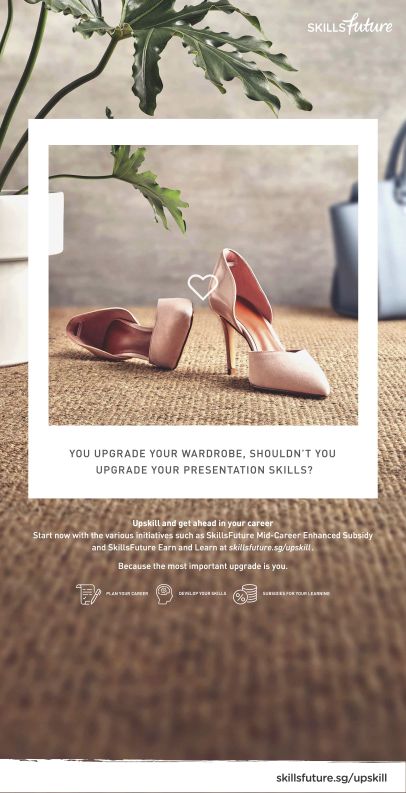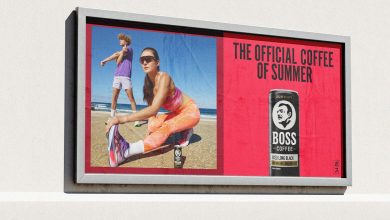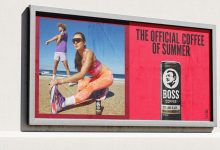SINGAPORE – To bolster the skillset capability of Singaporeans across various stages of life, SkillsFuture Singapore has launched a campaign to drive greater awareness and understanding of SkillsFuture initiatives. Ogilvy & Mather Singapore was the creative agency for the campaign and the TVCs were launched this week on Mediacorp Channel 5 and Channel 8.

The campaign’s concept, which underlines the fact that ‘The Most Important Upgrade Should Be You’, adopts a simple metaphor that conveys a powerful message – emphasizing how upgrading your professional skills is of equal, if not greater importance, than upgrading your everyday necessities. Resembling retail and lifestyle advertisements, the team took the unconventional approach of capturing the audience’s attention by appealing to their ‘consumer’ instincts via an engaging fashion retail-style look and feel.
Brenda Han, Managing Partner, Ogilvy & Mather Singapore, said, “To motivate people to embark on their journey of lifelong learning, we drew a simple parallel to the items in their life that they upgrade frequently, rather than themselves. We want to influence those who have not taken steps to upgrade their professional skills and emphasize that the only way to stay relevant in today’s competitive and ever-changing job market is to keep learning and growing your skills.”

Patricia Woo, Director, Corporate and Marketing Communications, SkillsFuture Singapore, said, “Investing in yourself is an important and lifelong process. We hope this campaign will prompt people to re-view their learning and career goals and realise that they need to upskill and reskill to stay relevant and achieve their potential. There is a wide range of SkillsFuture programmes available for individuals regardless of the stage of their careers that will enable them to deepen their skills and grow themselves.”
As part of the launch, a series of ads and TVCs will run across various channels including a dedicated campaign landing page and social media platforms including Facebook, Instagram and Youtube.
CREDITS
Project title: The most important upgrade should be you
Client: SkillsFuture Singapore
Creative Agency: Ogilvy & Mather Singapore
Executive Creative Director: Melvyn Lim
Account Management: Brenda Han, Ng Shin Yi, Sameer Rasheed
Creative Director: UmaRudd Tan, Loo Yong Ping, Xander Lee
Senior Copywriter: Augustus Sung
Senior Art Director: Nico Tangara
Strategy: Frederick Tong, Trisha Santhanam
TVC Production House: The Prosecution Film
Director: Warren Klass
Producers: Aundrea Bligh, Caroline Frances
Print Production House: Shooting Gallery
Exposure: Print ads, TVC, cinema, OOH, digital banner, social media








